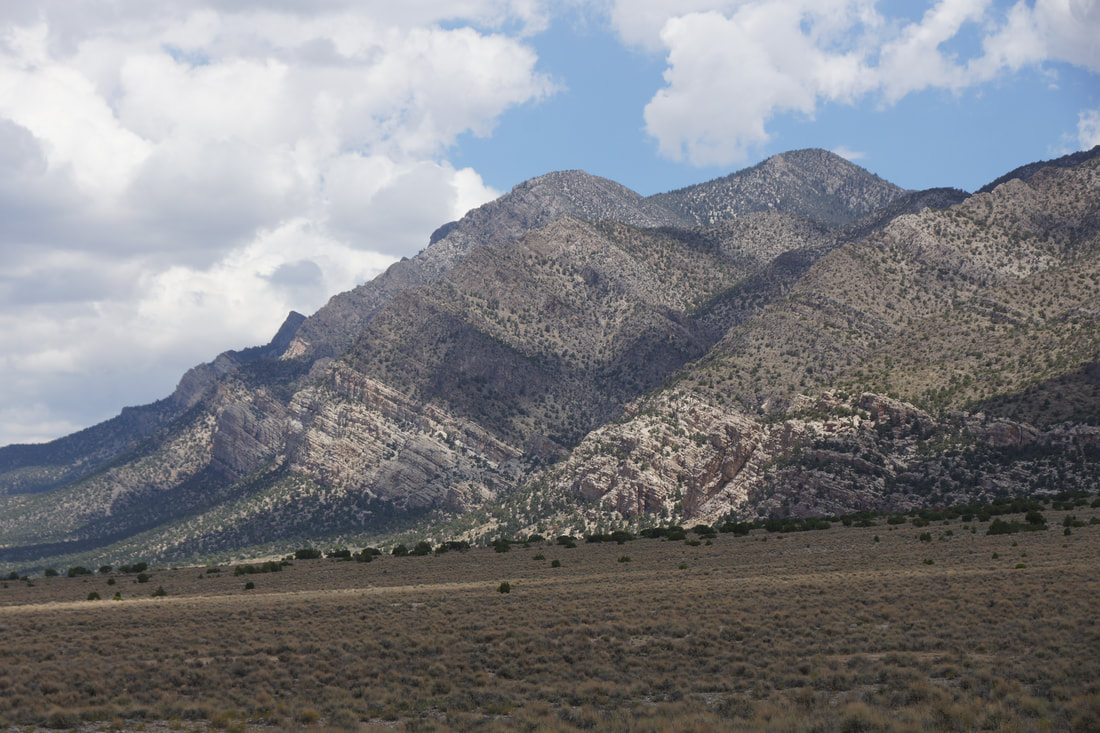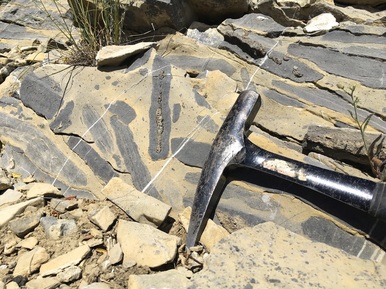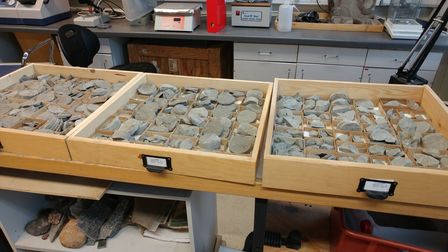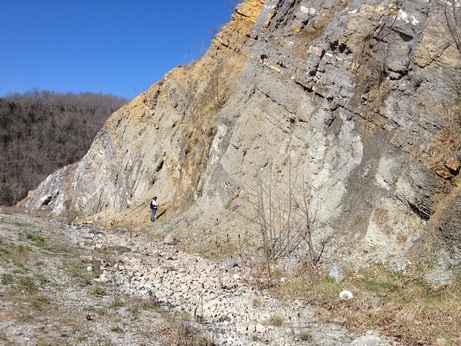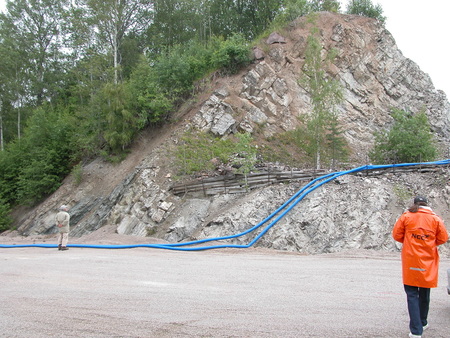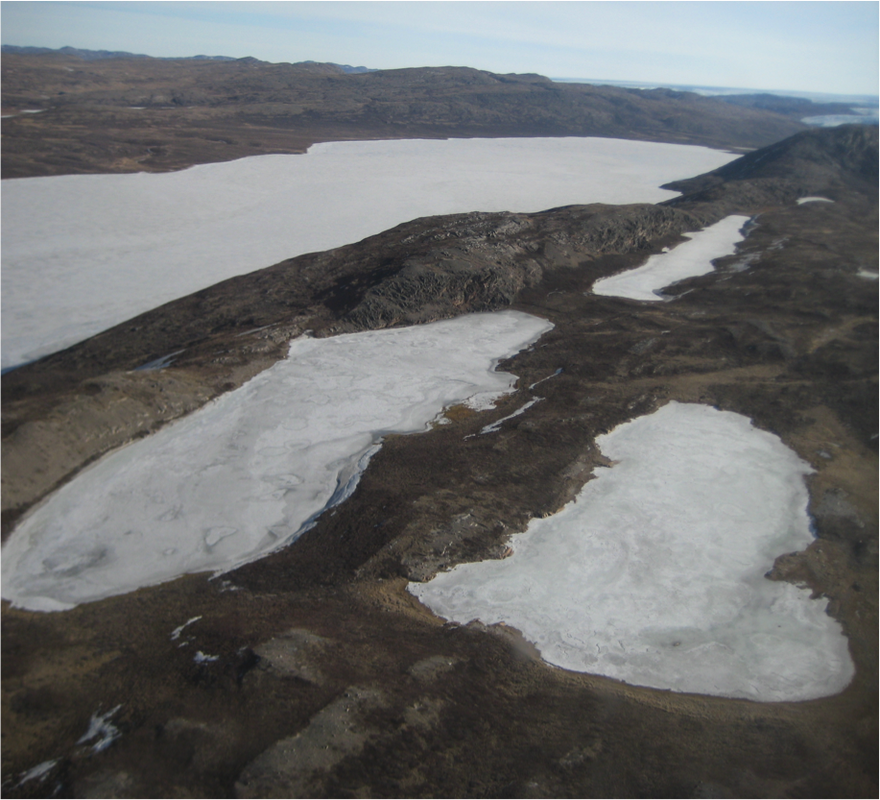Research Areas:
Co-evolution of sulfur and carbon cycles with animal life during the Paleozoic
There are many intervals throughout the Paleozoic Era in which animal biodiversification and/or extinction events are coincident with perturbations of the global carbon cycle. Currently we are expanding our investigations of this important intervals to include reconstructions of sulfur, iron, and trace metal cycles. The aim of this research is to identify changes in these important element cycles and their precise timing and linkages to the well studied biotic events. We are actively working on Ordovician, Silurian, and Devonian stratigraphic sequences in the Great Basin, Appalachian Basin, Baltic Basin, and Anticosti Basin.
Collaborators:
|
Tectonics, weathering, and biogeochemical cycles during major climatic transitions
Understanding the cause(s), timing and processes involved in major climatic events in Earth history can provide us critical insights into ongoing and future periods of climate change. Many of the major Phanerozoic climatic transitions (greenhouse to icehouse states or vice verse) are thought to have links to major changes in tectonic activity and in some cases broad changes in the types of silicate vs. carbonate rocks available to weather on land. Strontium, neodymium, and lithium isotopes are among several proxies we can use to specifically track the silicate weathering portion of the long-term carbon cycle and possibly link changes with organic carbon burial in marine settings (using stable carbon isotopes). Intervals in Earth History where we have rapid rates of change in the Stronitum-87/ Strontium-86 ratio of seawater are where we are focused on understanding these changes in continental weathering and their potential effects on climate, marine environments, and the biosphere.
Collaborators:
|
Biogeochemical cycling of sulfur in Holocene lakes in polar areas
Investigations of biogeochemical cycling of sulfur and carbon in Holocene ice-covered lakes in polar areas (Greenland, Antarctica) may be some of our best analogues for early pluvial periods on Mars & other icy planetary bodies. Additionally, these environments may also be ideal analogues for ancient oceans during periods of Earths history where oceanic photosynthesis dramatically declined, levels sulfate levels were low, and/or under extreme climatic conditions (e.g. Neoproterozoic Snowball episodes). Active research areas include studies of seasonally or perennially ice-covered lakes in western Greenland and McMurdo Dry Valleys of Antarctica.
Collaborators:
|

